Tobe
Editor's Column "Craft Production Regions" VOL.4 AD
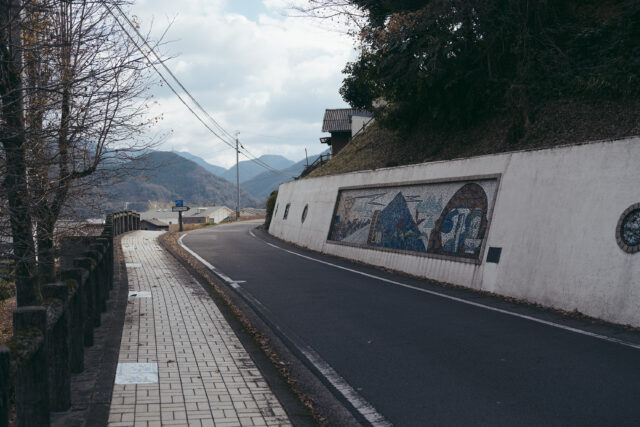

VOL.1-4
Update
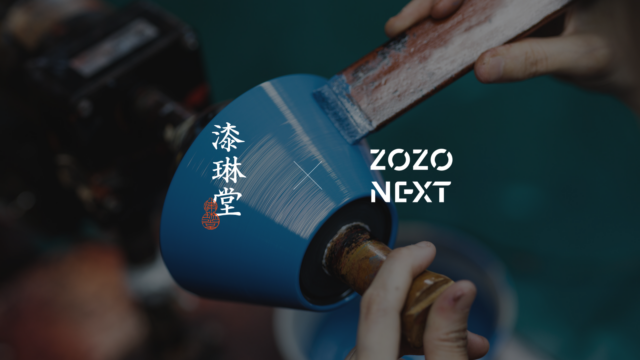
VOL.1-19
Update
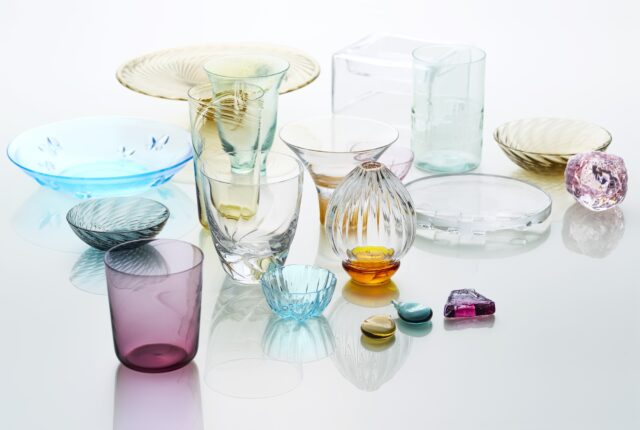
VOL.1-17
Update
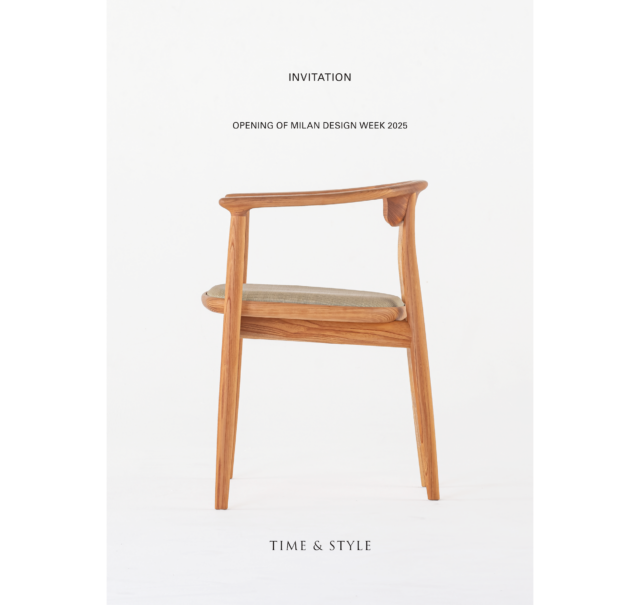
VOL.1-43
Update
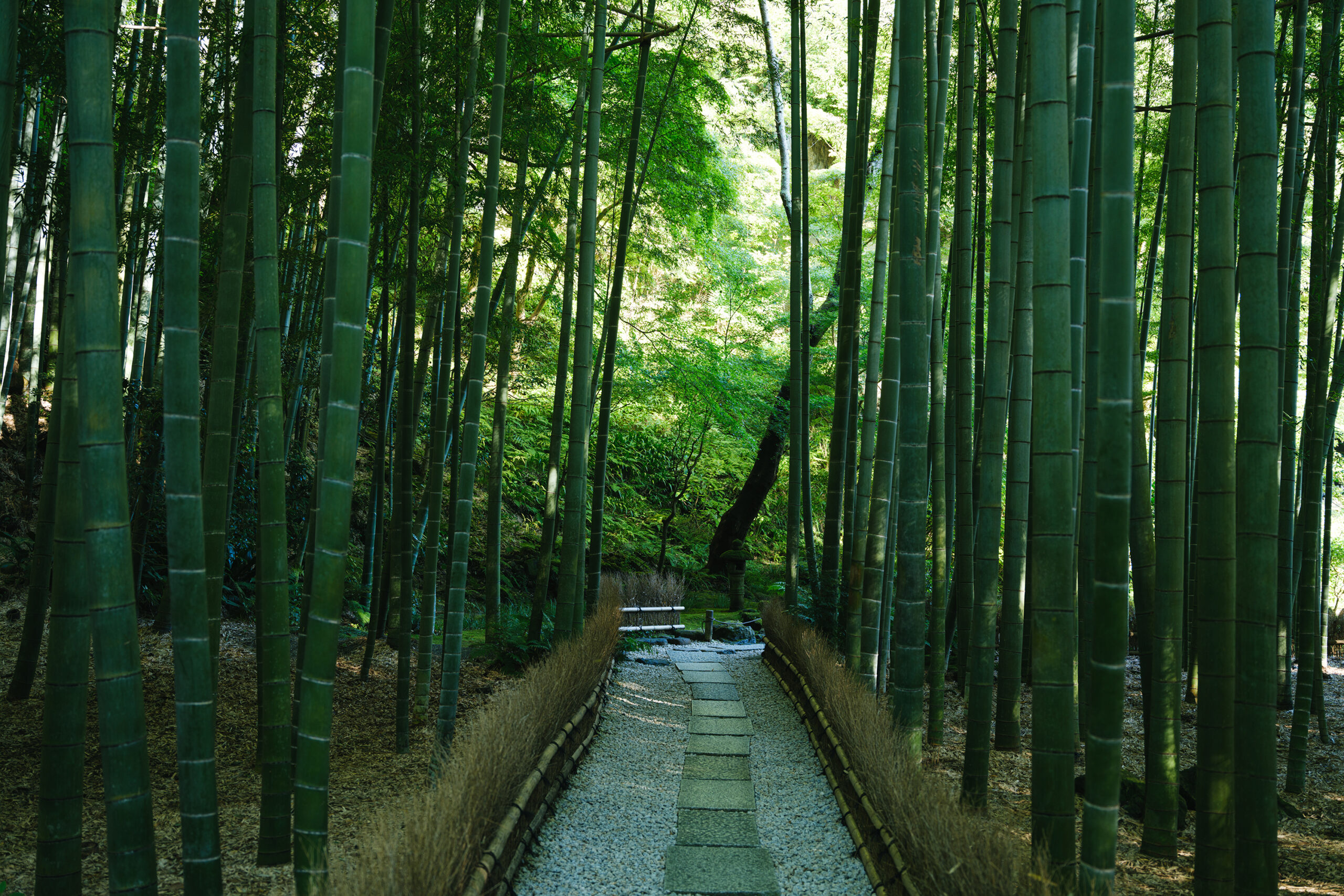
VOL.1-2
Update
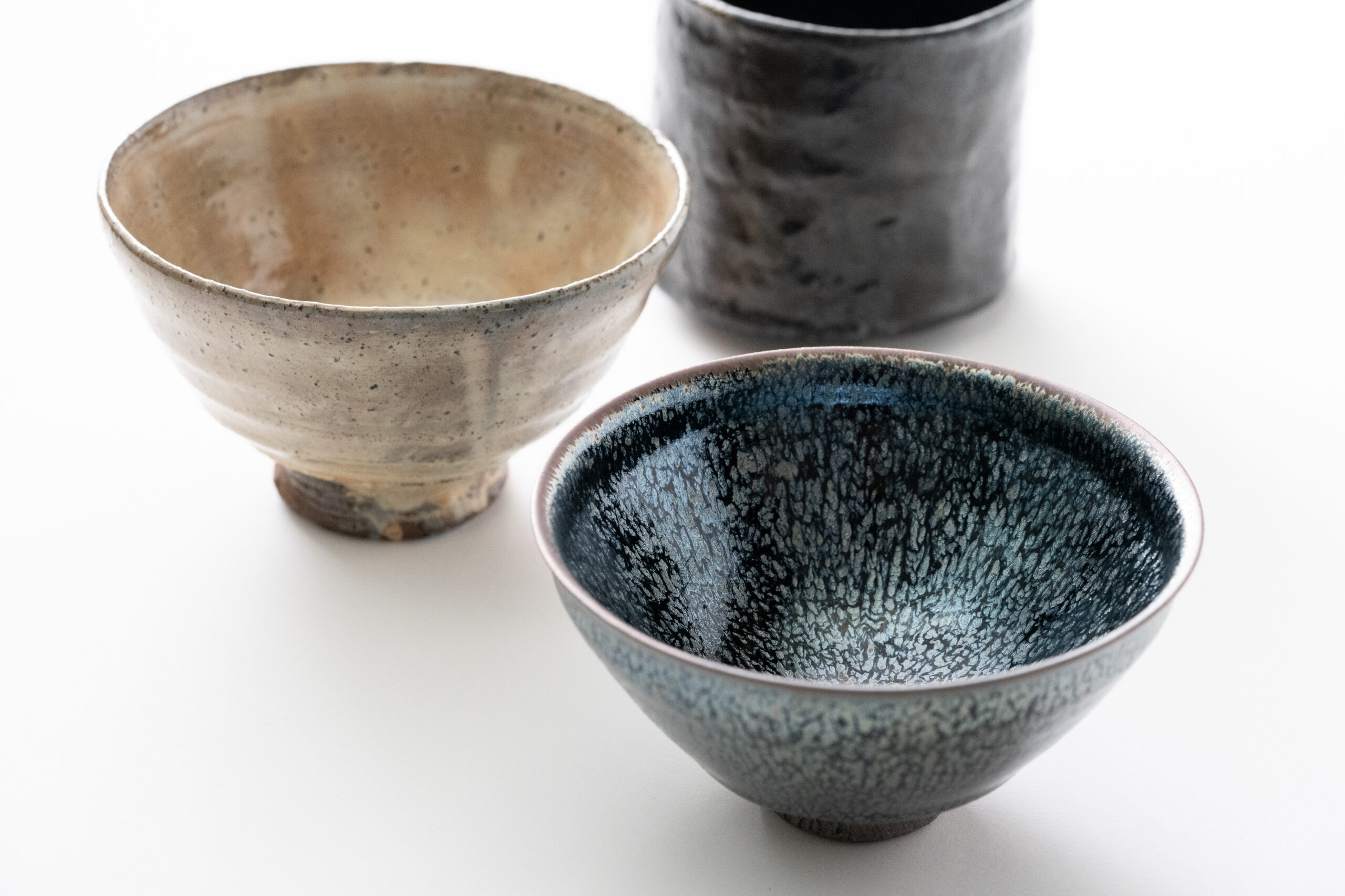
VOL.1-3
Update
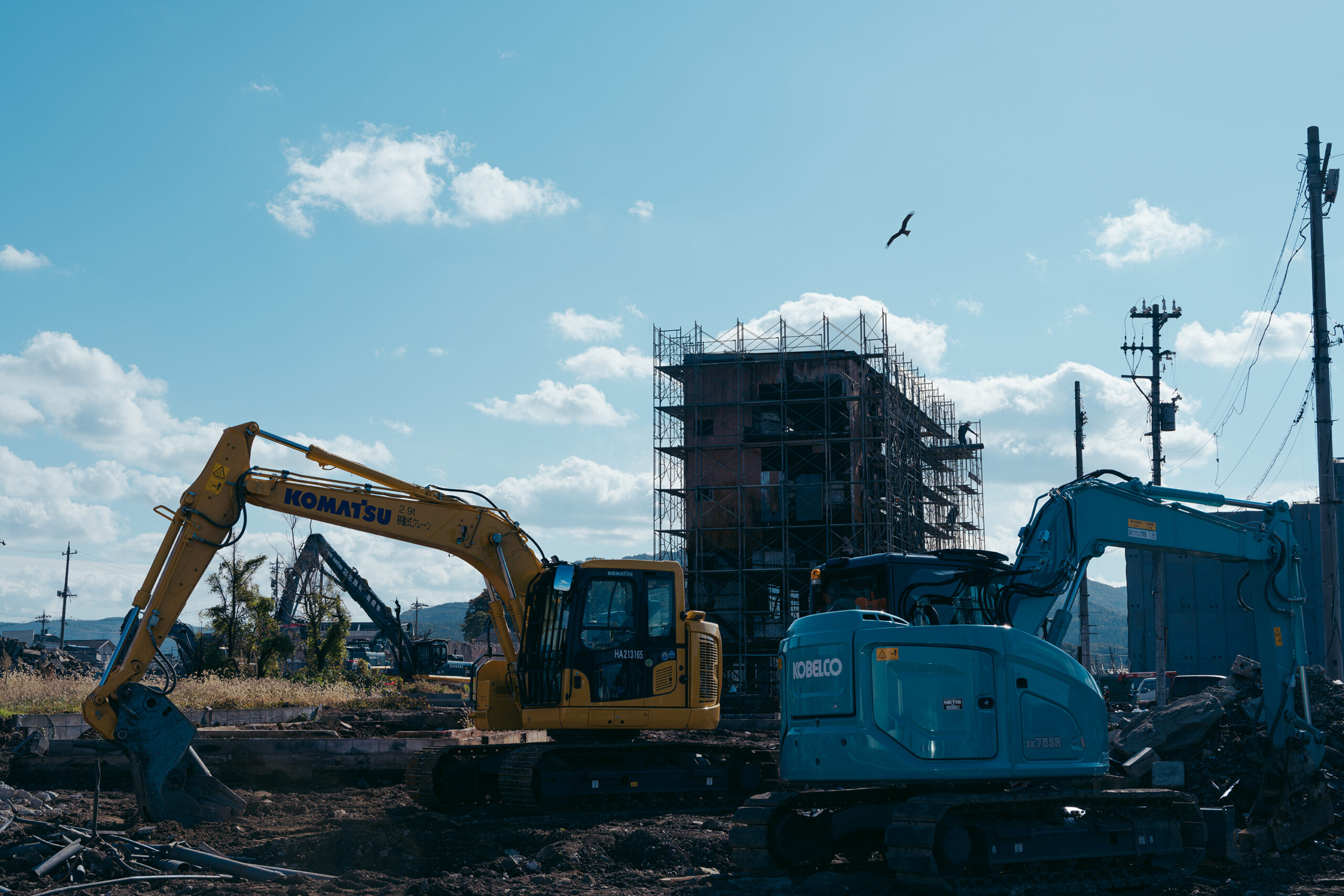
VOL.1
Update
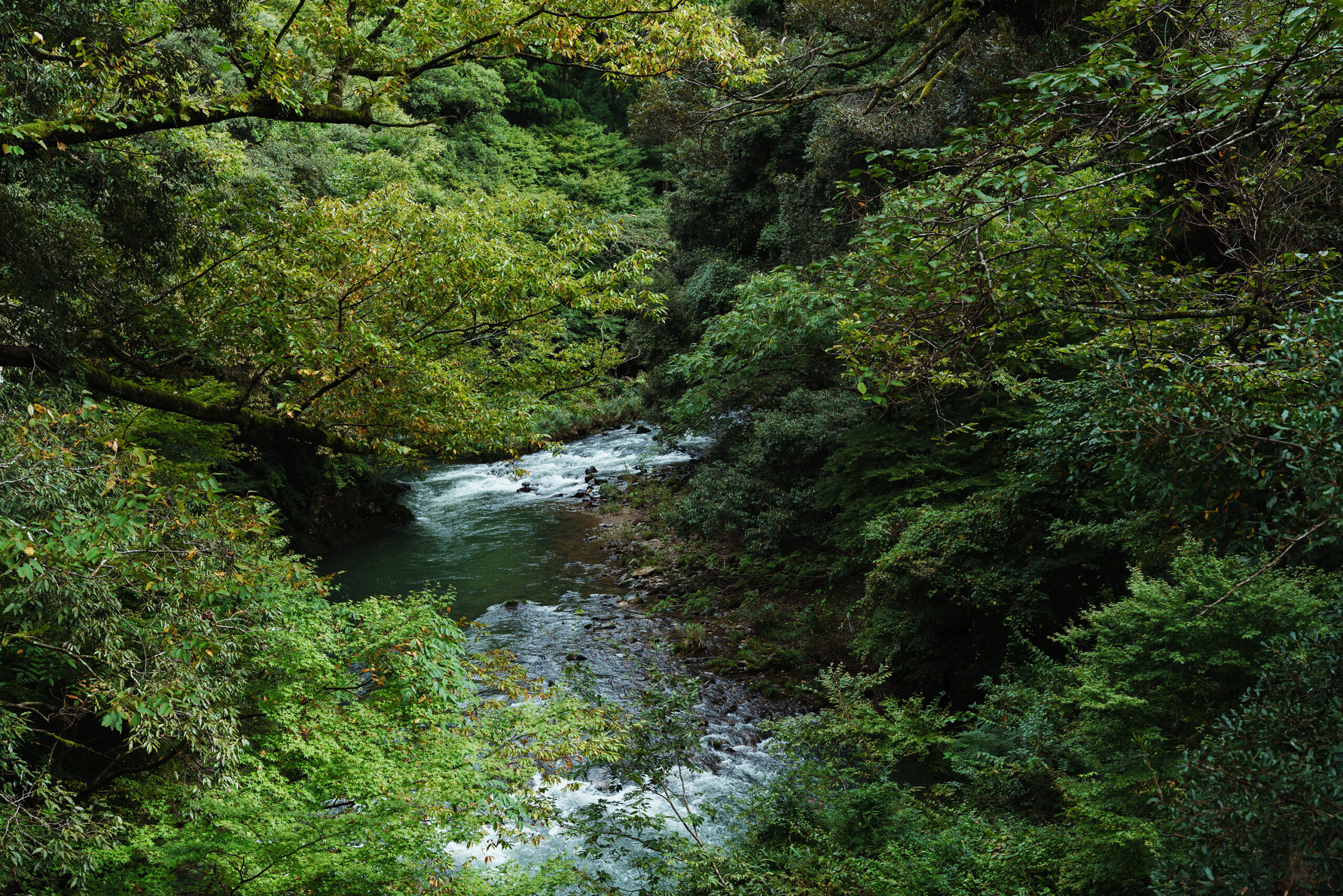
VOL.1-7
Update
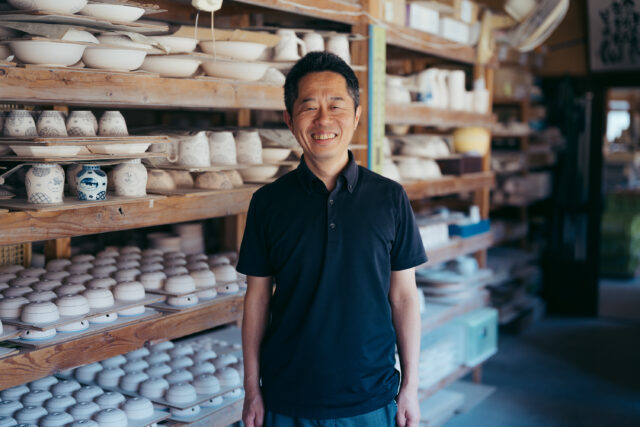
VOL.1-32
Update
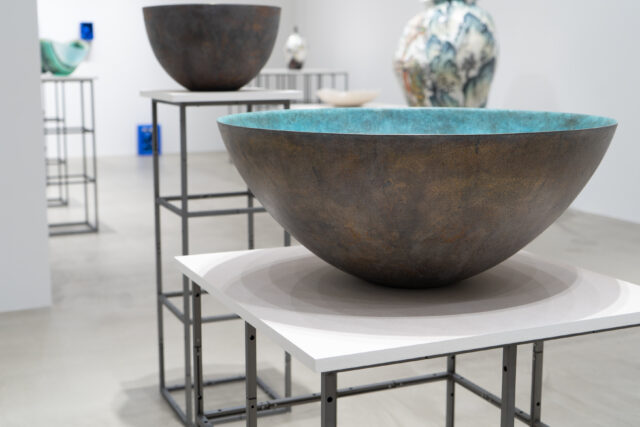
VOL.1-26
Update
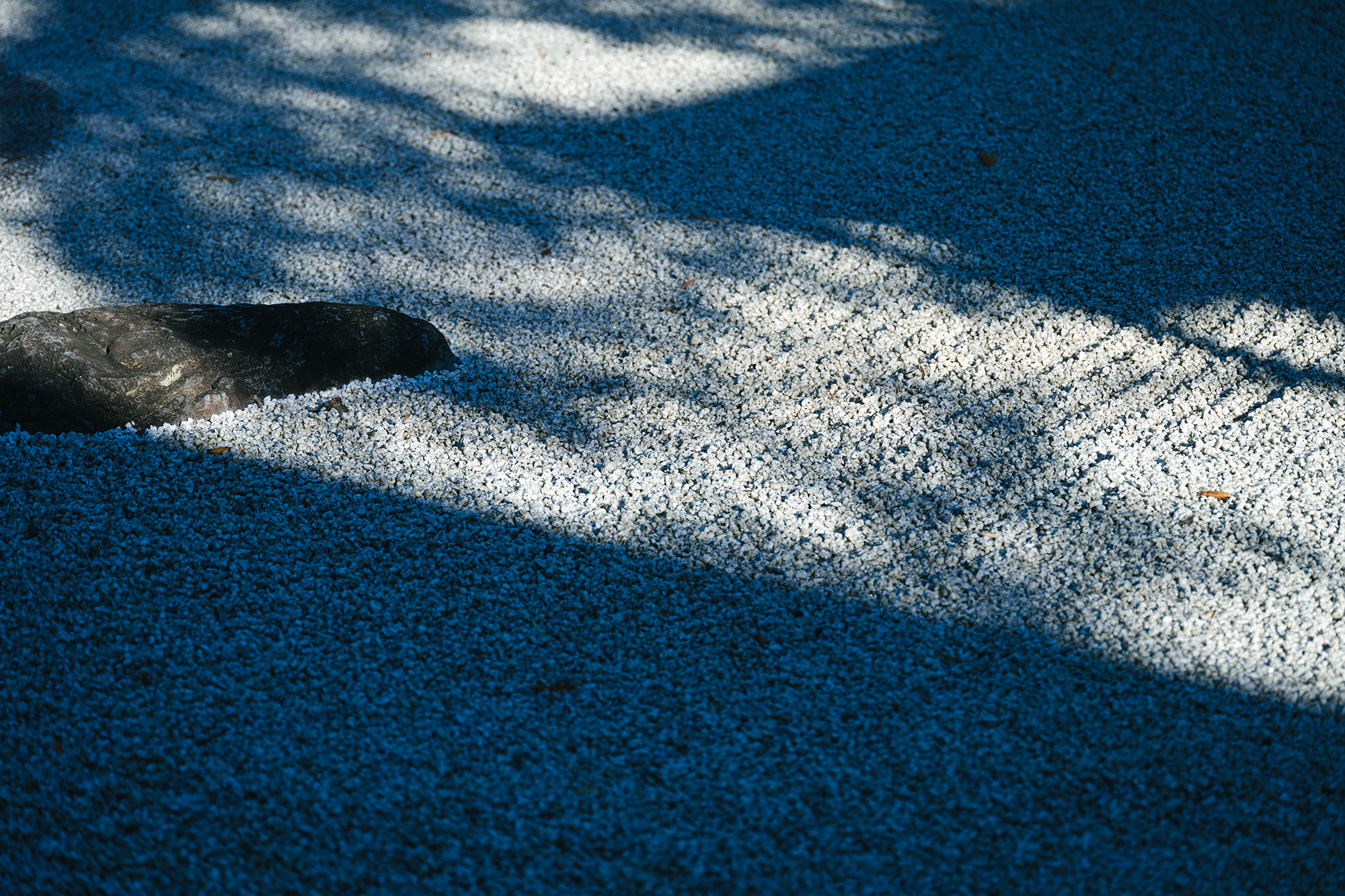
VOL.1-12
Update
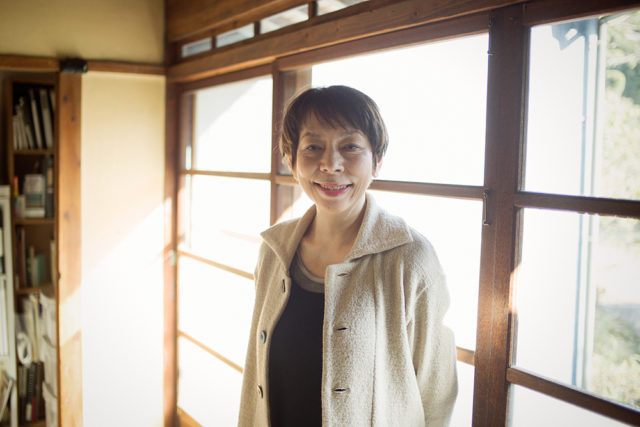
VOL.1
Update
We share a variety of information and perspectives on Japanese crafts, including exhibition information and interviews.
Editor's Column "Craft Production Regions" VOL.4 AD
KOGEI Topics VOL.19
New Products VOL.17
Featured Exhibitions & Events VOL.43
Apr 5 – Jun 22, 2025
SEIKADO BUNKO ART MUSEUM
Apr 8 – May 6, 2025
The Gotoh Museum
Apr 11 – Jun 15, 2025
Kyoto City KYOCERA Museum of Art
Apr 12 – Jun 29, 2025
TOGURI MUSEUM OF ART

The long history of Echizen lacquerware dates back to about 1500 years ago. In the Edo period (1603-1868), Echizen lacquerware was developed by craftsmen with superlative skills and gorgeous decorative techniques and since the Meiji era (1868-1912), it has been a major production area and is still well known throughout Japan.
Shoichi Hatakenaka, who has been recognized as one of the “Gendai no Meiko,” or “Master Craftsmen of Our Time” and has received numerous awards, was born into a family of woodworkers in this area and became independent at a young age. He has been making bowls as a marumono nurishi (one who specializes in applying lacquer on round-shaped items) for over 60 years. The lacquer most synonymous with Shoichi’s work, “Kodai shu” (ancient vermilion), is a unique mixture of Japanese lacquer that is now difficult to obtain. The depth of the low-sheen vermilion color painted on top of black lacquer draws you in, and its moist and smooth texture seems to nestle into your palm.
In order to pass on the traditions of Echizen lacquerware to future generations, Shoichi continues to warmly welcome younger artisans seeking guidance. Each bowl holds a history of craftsmanship that has been cultivated and passed down by the artists, and which will continue to be passed down from generation to generation.